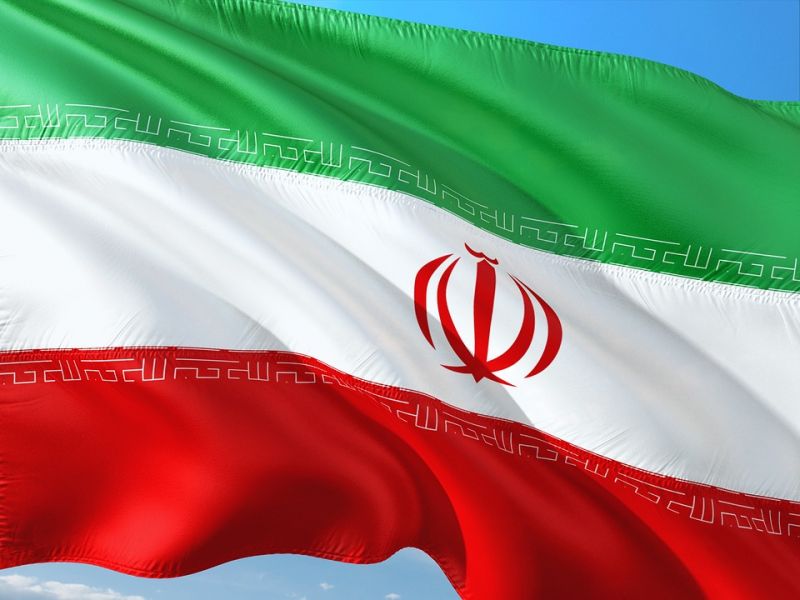Warming, Water Crisis, Then Unrest: How Iran Fits an Alarming Pattern
Published on by S Justice, Agricultural Mechanization at International Center for Maize and Wheat Improvement (CIMMYT) in Social
Nigeria. Syria. Somalia. And now Iran. In each country, in different ways, a water crisis has triggered some combination of civil unrest, mass migration, insurgency or even full-scale war.
In the era of climate change, their experiences hold lessons for a great many other countries. The World Resources Institute warned this month of the rise of water stress globally, “with 33 countries projected to face extremely high stress in 2040.”
A water shortage can spark street protests: Access to water has been a common source of unrest in India. It can be exploited by terrorist groups: The Shabab has sought to take advantage of the most vulnerable drought-stricken communities in Somalia. Water shortages can prompt an exodus from the countryside to crowded cities: Across the arid Sahel, young men unable to live off the land are on the move. And it can feed into insurgencies: Boko Haram stepped into this breach in Nigeria, Chad and Niger.
Iran is the latest example of a country where a water crisis, long in the making, has fed popular discontent. That is particularly true in small towns and cities in what is already one of the most parched regions of the world. Farms turned barren, lakes became dust bowls. Millions moved to provincial towns and cities, and joblessness led to mounting discontent among the young. Then came a crippling drought, lasting roughly 14 years.
In short, a water crisis — whether caused by nature, human mismanagement, or both — can be an early warning signal of trouble ahead. A panel of retired United States military officials warned in December that water stress, which they defined as a shortage of fresh water, would emerge as “a growing factor in the world’s hot spots and conflict areas.”
“With escalating global population and the impact of a changing climate, we see the challenges of water stress rising with time,” the retired officials concluded in the report by CNA, a research organization based in Arlington, Virginia.
Read full article: NY Times

Image source: Max Pixel
Media
Taxonomy
- Policy
- Water Scarcity
- Governance
- Water Access
- Water Cooperation & Conflict
- Governance & Policy
- Water Management